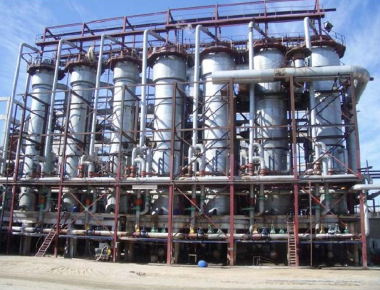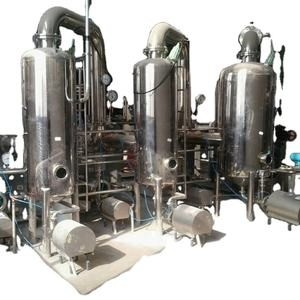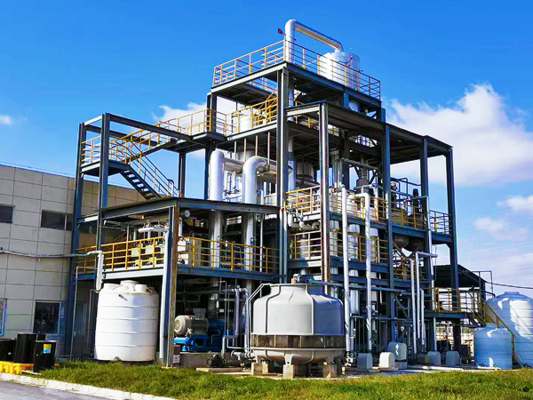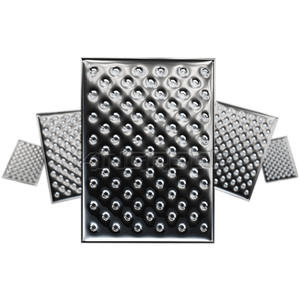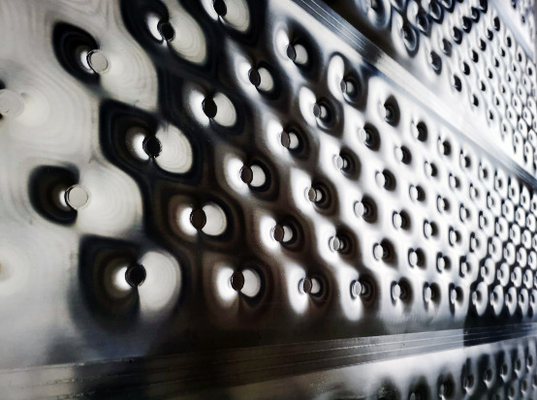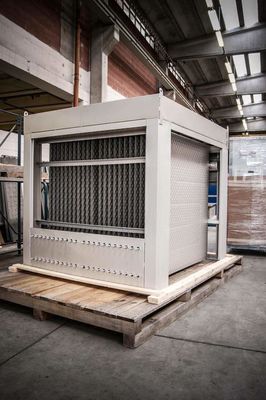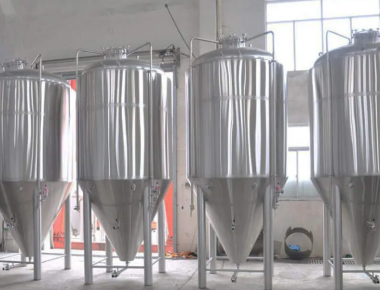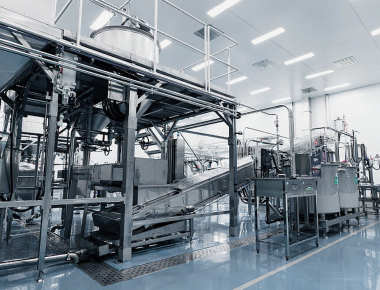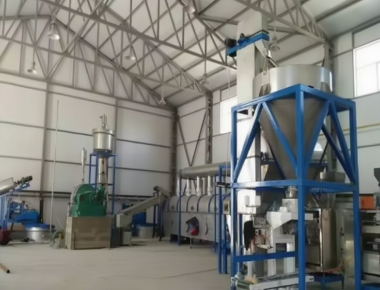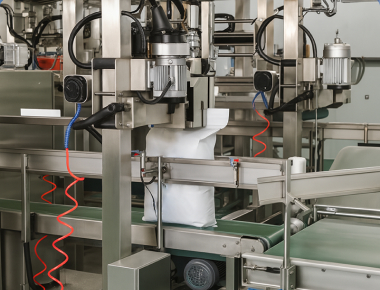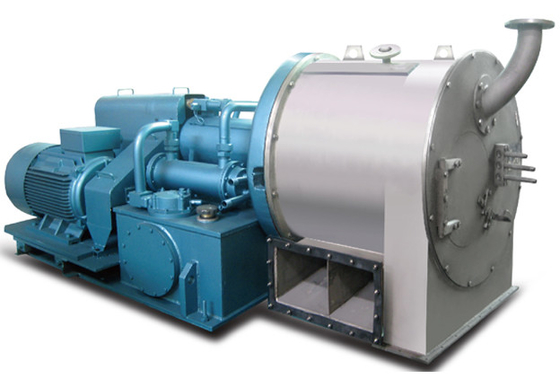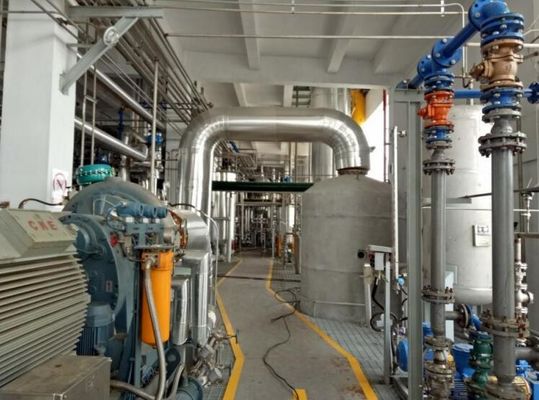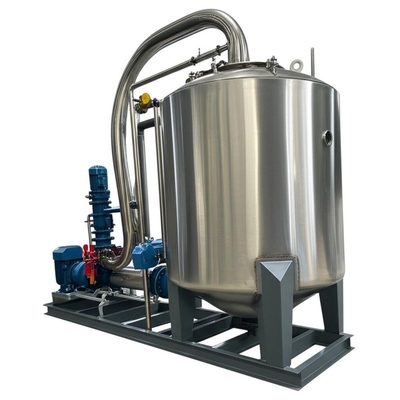Customized Temperature Range MVR Evaporator For Energy Efficient Evaporation Process
Engineer-to-order MVR (Mechanical Vapor Recompression) evaporator with a customizable operating temperature window to fit heat-sensitive products, viscous concentrates, and high-salinity streams. By recompressing secondary vapor as the heating medium and precisely controlling Δ T and boiling point, the system delivers energy-efficient evaporation, stable quality, and predictable OPEX across diverse processes.

- Customized temperature range: low-temperature vacuum duty for thermally sensitive liquids; higher ΔT options for robust feeds.
- Fine ΔT control: VFD-driven compressor turndown and smart PID keep film temperature uniform and protect product quality.
- Energy efficiency: latent heat recycled via vapor recompression; minimal fresh steam after start-up.
- Continuous automation: PLC/HMI recipes, historian, alarms, and optional remote diagnostics for 24/7 uptime.
- Material options: SS316L/duplex wetted parts; Ti/Hastelloy available for corrosive duties.
Key Benefits
- Process Fit: Tailored boiling temperature to match product thermal limits and viscosity profiles.
- Quality Protection: Low film temperature and uniform heat flux reduce degradation, discoloration, and fouling.
- Lower OPEX: Recycled latent heat and optimized ΔT reduce utility consumption and total cost.
- High Availability: Redundancy on critical pumps, CIP-ready design, and predictive fouling monitoring.
- Sustainability: High-quality condensate recovery supports reuse and environmental compliance.
Process & Thermal Economy
Secondary vapor is mechanically compressed to elevate saturation temperature, then reused as the primary heat source. Tight control of Δ T/LMTD and residence time maximizes heat-transfer efficiency, limits scaling, and preserves product attributes.
Controls & Safety
Closed-loop regulation of level, ΔT, pressure, and conductivity; interlocks for compressor/VFD, vacuum/NCG handling, and condensate quality guard. Optional AFE/harmonic filters for power-quality compliance.
Materials & Cleanability
Hygienic, drainable layouts with validated CIP; surface finishes suited to food/chemical duties. Anti-scale dosing available for high-salinity feeds and long campaigns.
Process Overview -- Customized Temperature MVR

- Feed conditioning: filtration/softening, pH trim, deaeration to minimize corrosion and scaling.
- MVR evaporation (vacuum): compressor turndown and ΔT setpoints define the operating temperature band.
- Condensate management: polishing (if needed) to meet reuse/discharge targets.
- Concentrate routing: to crystallizer/centrifuge/dryer or returned to upstream process per flowsheet.
- Automation: recipe-based temperature programs for different products or seasonal conditions.
Key Components
- MVR evaporator/forced-circulation body with circulation pumps and vapor-liquid separator
- Mechanical vapor compressor (turbo/Roots) with VFD for temperature/ΔT control
- Main heater, preheaters, condensers, vacuum/NCG handling skid
- PLC/HMI/SCADA with historian; instrumentation (T/P/flow/cond/level)
- CIP skid; anti-scale dosing; optional condensate polishing filters/RO
Performance & Sizing
| Parameter |
Typical Range* |
| Operation |
Continuous, 24/7 |
| Custom temperature window |
Low-temp vacuum (e.g., 45-75 °C film) to higher ΔT modes (e.g., 70-95 °C), duty-dependent |
| Electric use (MVR) |
~15-40 kWh per ton of water evaporated (duty/CR dependent) |
| Fresh steam demand |
Very low after start-up (backup/ancillary only) |
| Turndown |
50-100% with stable ΔT and product quality |
| Availability |
≥95-98% with redundancy and planned CIP |
| Materials |
SS316L / duplex; Ti/Hastelloy on request |
*Actual performance depends on feed characteristics, viscosity, compression ratio, and heat-transfer design.
FAQ
Can you set different operating temperatures for different products?
Yes. Recipe-based temperature/ΔT programs adjust compressor speed and heat-exchange duty for each product.
How do you protect heat-sensitive materials?
Vacuum operation lowers boiling point; uniform thin-film/forced-circulation and tight ΔT control prevent hot spots.
What if our feed is highly saline or prone to scale?
We combine optimized LMTD, velocity, anti-scale dosing, and scheduled CIP; materials can be upgraded for corrosion resistance.
Application


 Your message must be between 20-3,000 characters!
Your message must be between 20-3,000 characters! Please check your E-mail!
Please check your E-mail!  Your message must be between 20-3,000 characters!
Your message must be between 20-3,000 characters! Please check your E-mail!
Please check your E-mail! 
